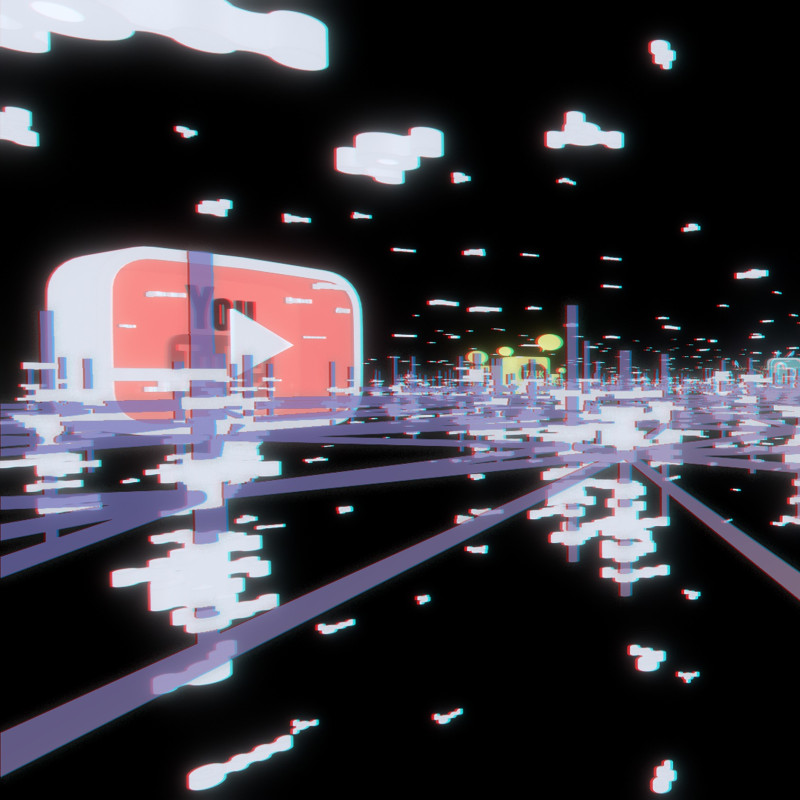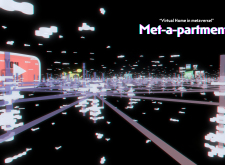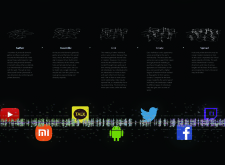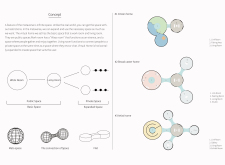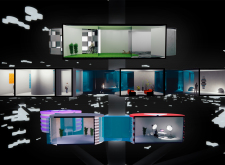5 key facts about this project
The project "Virtual Home in Metaverse!" introduces an innovative architectural concept situated in the realm of the metaverse. It aims to redefine how individuals interact within a digital space, focusing on the integration of personal units and communal gathering points. This design emphasizes flexibility and adaptability, creating an environment that supports both professional and social activities. It reflects a contemporary understanding of virtual living, where the boundaries of space and interaction are fluid.
Gathering Spaces
The design centers around influential hubs that act as key points for connection among various personal domains. These hubs create a network that fosters communication and social interactions among users. The spaces allow individuals to influence and engage with each other, promoting a robust sense of community. This interconnected approach enhances the overall experience, as personal domains contribute to a diverse and lively environment.
Adaptable Areas
Central to the design are adaptable areas that include a multifunctional workroom and an inviting living room. Each space is thoughtfully designed to accommodate various activities, supporting both work and leisure. This flexibility enhances usability, allowing individuals to shift between tasks seamlessly. By incorporating features that can serve multiple purposes, the architecture caters to the varied needs of users in a digital setting.
Personal Expression
The project emphasizes the importance of personal expression through customization of individual units. While each unit starts with a similar base, the ability for users to modify their personal spaces adds a layer of diversity. This focus on individuality reflects the nature of the digital environment, encouraging users to create spaces that represent their unique identities. The result is a dynamic array of styles and configurations, contributing to a rich tapestry within the virtual landscape.
Dynamic Nature of Space
In recognizing the ever-changing characteristics of virtual environments, the design embraces adaptability. New hubs can emerge, and personal domains can cluster or dissipate based on user interactions. This fluidity ensures that the architecture remains relevant and responsive to the evolving needs of its users. Continuous change becomes a defining feature, allowing the space to grow alongside its inhabitants.
The design culminates in an engaging interplay of environments that prioritize functionality alongside creativity. It offers users a unique platform to shape their experiences and interactions within the metaverse.


